The legend of the flying carpet has long captured the imagination of storytellers, travelers, and dreamers across the world. Among the most enduring of these tales are those originating from Afghanistan, where the concept of a magical carpet soaring through the skies is deeply woven into the cultural fabric. Unlike the simple floor coverings used in everyday life, these enchanted rugs are said to possess the power to defy gravity, carrying their riders to distant lands with the speed of the wind.
Afghanistan’s rich tradition of carpet weaving dates back centuries, with artisans crafting intricate designs that often tell stories of their own. The idea of a flying carpet may have emerged from this artistic heritage, blending the tangible beauty of handwoven textiles with the boundless possibilities of fantasy. Some scholars suggest that the myth could have been inspired by the way finely made carpets seem to float above the ground when shaken out, creating an illusion of weightlessness.
The flying carpet is more than just a whimsical notion—it serves as a metaphor for freedom and escape. In a land where rugged mountains and harsh deserts have historically made travel difficult, the idea of effortlessly gliding over these obstacles holds a special appeal. For generations, Afghan folktales have depicted heroes and adventurers using flying carpets to evade capture, rescue loved ones, or embark on epic quests. These stories often carry deeper meanings, reflecting themes of ingenuity, faith, and the triumph of the human spirit.
One of the most famous Afghan tales involving a flying carpet is that of Prince Husain and the magical artificer. In this story, a humble craftsman presents the prince with a seemingly ordinary carpet that, when unfolded, reveals its extraordinary ability to transport its rider anywhere in the blink of an eye. The narrative explores themes of humility and wisdom, suggesting that true power often lies hidden beneath a modest exterior. Such tales have been passed down through oral tradition, evolving over time but always retaining their core sense of wonder.
European travelers and writers in the 19th and early 20th centuries played a significant role in popularizing the idea of the Afghan flying carpet in the West. Adventurers returning from the region brought back not only actual carpets but also fantastical accounts of their origins. These stories, often exaggerated or misunderstood, fueled a romanticized vision of Afghanistan as a land of mystery and enchantment. The flying carpet became a symbol of the exotic East, appearing in literature, theater, and eventually film.
In modern times, the flying carpet endures as a potent cultural icon. It appears in everything from children’s cartoons to high fantasy novels, often retaining its Afghan roots. Meanwhile, within Afghanistan itself, the tradition of carpet weaving continues, with artisans preserving ancient techniques while adapting to contemporary tastes. Though no one truly believes these carpets can fly, their legendary counterparts remain a testament to the enduring power of storytelling and the human desire to transcend earthly limitations.
The next time you see an Afghan carpet—whether in a market, a museum, or a friend’s home—take a moment to appreciate not just its craftsmanship but the centuries of myth and meaning woven into its fibers. Who knows? If you listen closely to the whispers of the threads, you might just hear the distant hum of a carpet taking flight, carrying with it the dreams of all who have ever longed to soar.

By Grace Cox/Apr 28, 2025

By Emma Thompson/Apr 28, 2025

By Christopher Harris/Apr 28, 2025

By Lily Simpson/Apr 28, 2025

By Olivia Reed/Apr 28, 2025

By Christopher Harris/Apr 28, 2025

By Amanda Phillips/Apr 28, 2025
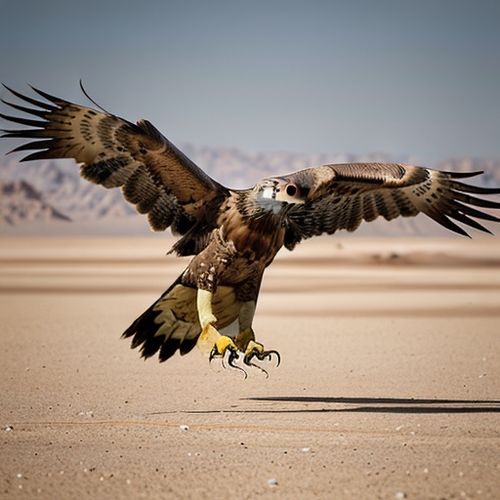
By Daniel Scott/Apr 28, 2025

By Jessica Lee/Apr 28, 2025

By James Moore/Apr 28, 2025
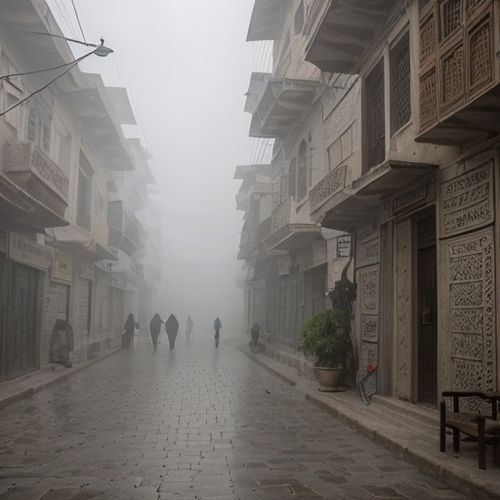
By Grace Cox/Apr 28, 2025

By Emily Johnson/Apr 28, 2025

By Thomas Roberts/Apr 28, 2025

By Amanda Phillips/Apr 28, 2025

By Daniel Scott/Apr 28, 2025

By William Miller/Apr 28, 2025
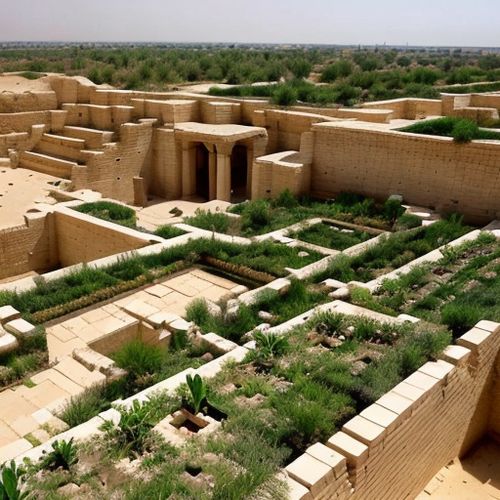
By Joshua Howard/Apr 28, 2025

By Amanda Phillips/Apr 28, 2025
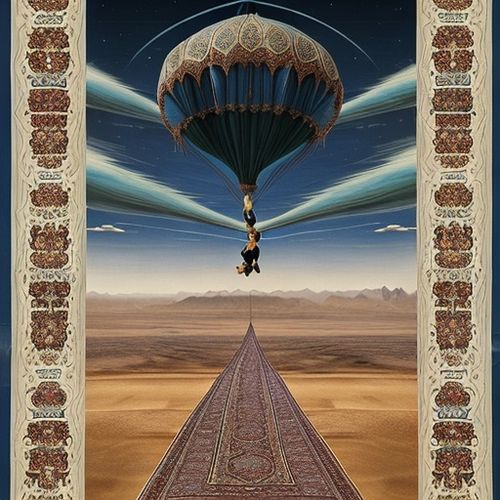
By Natalie Campbell/Apr 28, 2025
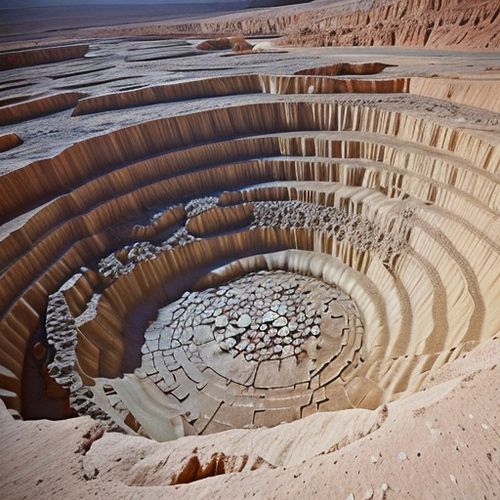
By Natalie Campbell/Apr 28, 2025